When you think about tall structures, the mind generally flies to skyscrapers, business centers or hotels. But oil rigs can be pretty big too, and the tallest moved structure in the world (one of the tallest structures ever built) is an oil platform – Troll A.
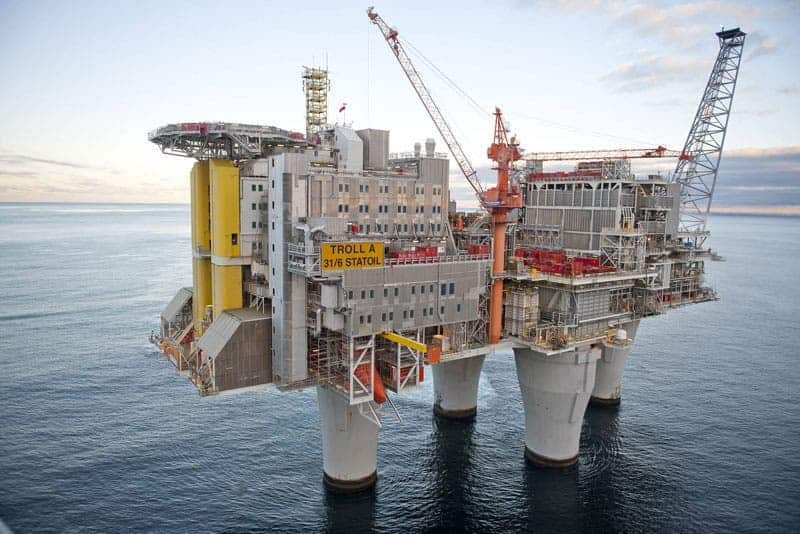
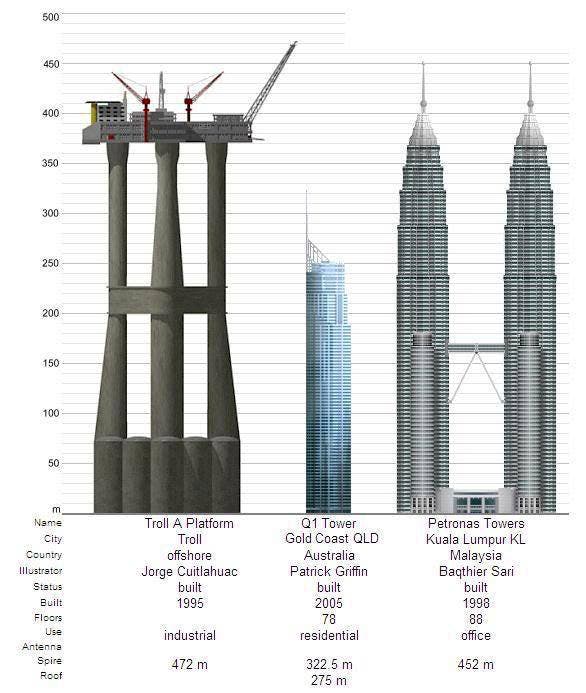
Troll A is an offshore natural gas platform in the Troll gas field off the west coast of Norway. This colossal platform is one of the most complex engineering projects ever attempted, and its launch in 1996 was widely popular, presented on multiple televisions.
The Troll A platform has an overall height of 472 metres (1,549 ft), weighs 683,600 tons (1.2 million tons with ballast), standing on the sea floor 303 metres (994 feet) below the surface of the sea. The walls from the legs alone are over 1 metre thick made of steel reinforced concrete formed in one continuous pour, smoothly covering the great diameter of the legs.
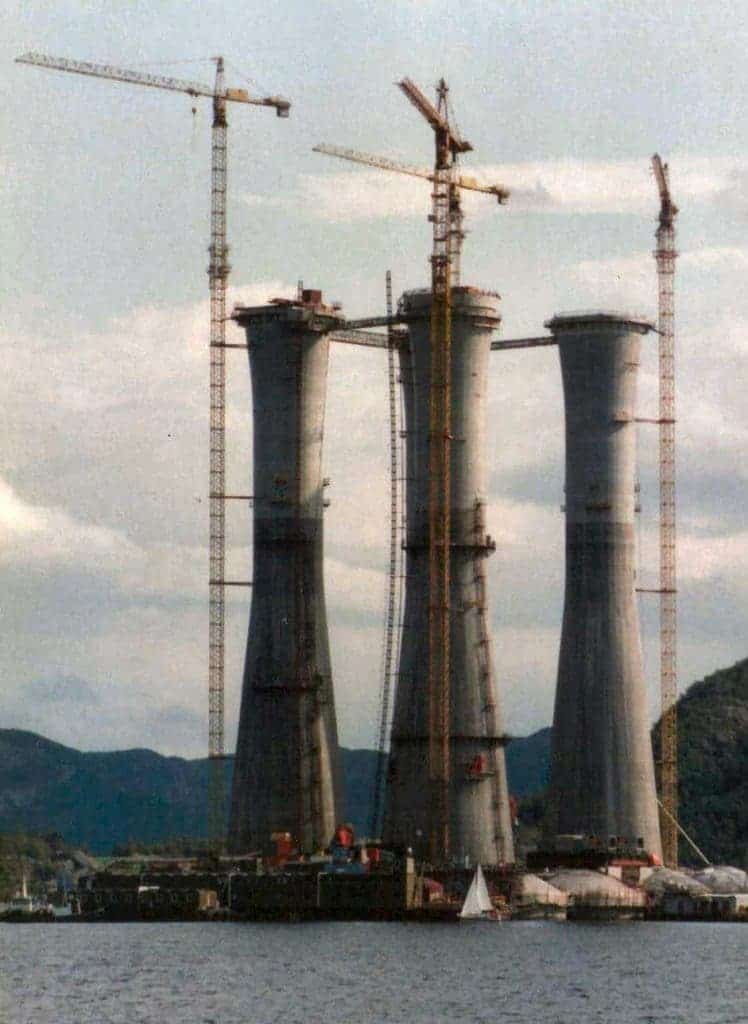
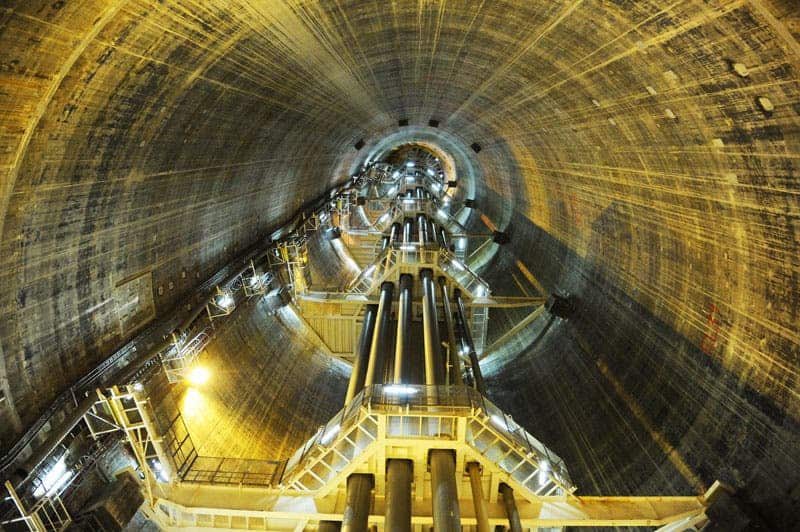
Troll A was built by Norwegian contractors for Norske Shell, and the entire project cost $650 million USD. The project started in 1991, and was concluded in 1996. The Troll platform was towed over 200 kilometres (120 mi); the process lasted a full week.
In the fall of 2010 the Troll A platform was expanded with a new module and in June 2013 the new support module M12 for compressor 3 and 4 was lifted on board Troll A. The increased electricity consumption of these compressors required new power cables from shore.
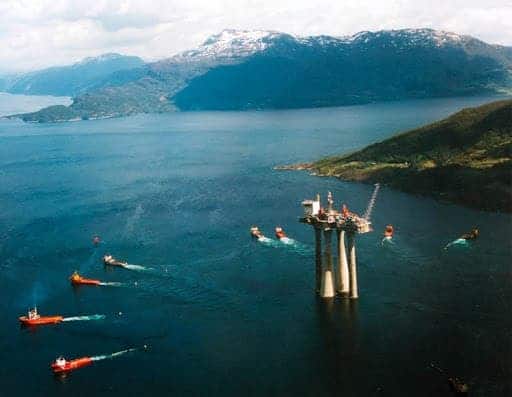
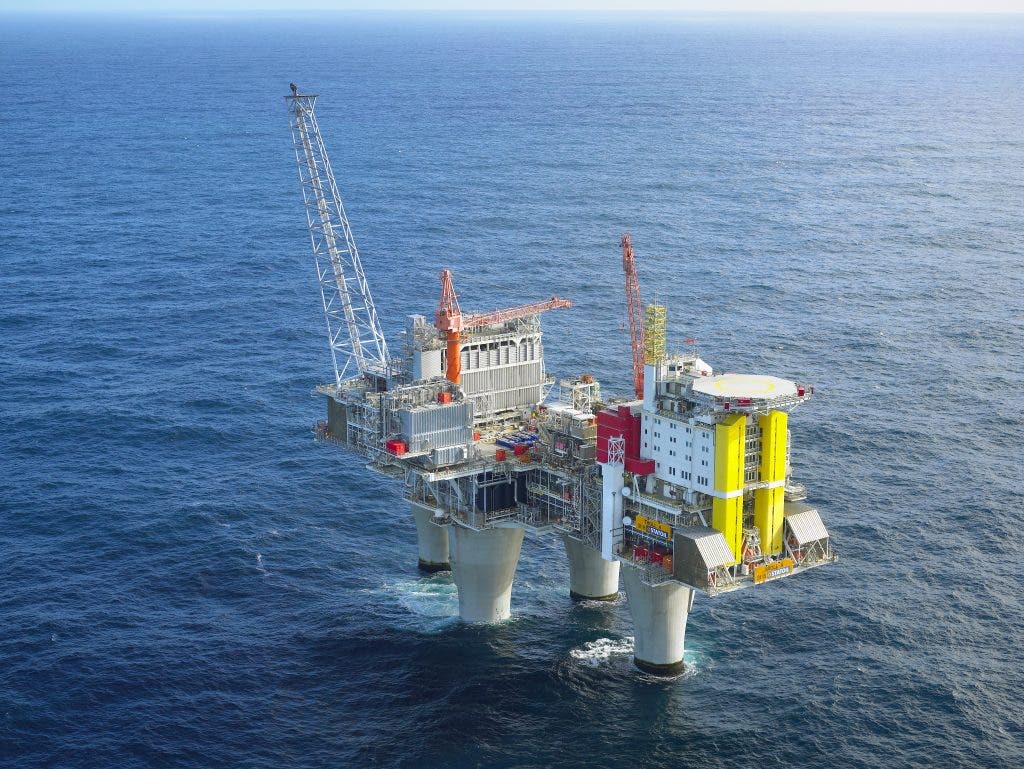
Although Troll is primarily a gas field, it also holds vast quantities of oil. Output for 2008 from the entire field is about 138,000 barrels of oil per day and 120Mmscm/d (Million Metric Standard Cubic Meter Per Day) of gas are extracted through three platforms. Singer Katie Melua and her band performed the deepest concert ever, singing at 100 meters below sea level on Troll A, in 2006.






